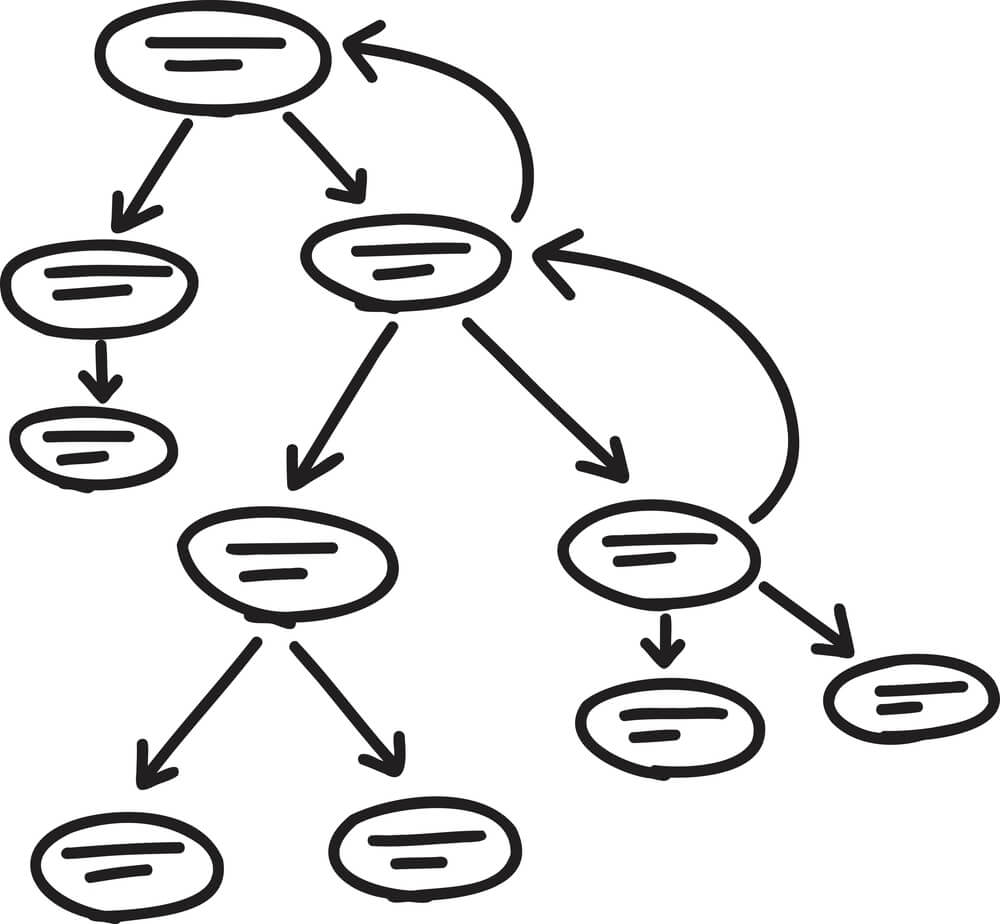

Photo credit: © toonsteb – depositphotos.com
Last year was probably one of my most productive years. In trying to figure out why, I realized that I had very, very clear goals. I knew which ones were a priority (things like finishing my book, selling my cabin home in the mountains, moving to North Carolina, and finding contract work I enjoy). And I knew which ones would be great if they worked out, but they were secondary.
That clarity created a fire in me to accomplish them—and we don’t always have that, do we? I’ve put together four lessons that we can all use as we set goals. We’ll look at two in this post, and the second two in a follow-up post.
1. Write them down
I’ve found that I’ve had more success the years that I’ve written down my goals. And this works even if I don’t review that note or see it posted in my office, but I just make a note in one of my journals.
And what’s even better than writing down your goals? Sharing them with someone! A research study found that more than 70 percent of the participants who sent weekly updates to a friend reported successful goal achievement (completely accomplished their goal or were more than halfway there), compared to 35 percent of those who kept their goals to themselves, without writing them down.
I like to write down my goals as a bubble diagram, which is basically a series of circles. This can help show the hierarchy of the goals (bigger versus smaller), and which ones flow from others (so one is dependent on completing the one before).
As well, I think we need to really dig deep to create these goals. Otherwise, it’s too tempting to stay on the surface with vague or predictable goals like getting stronger or something about weight.
That’s why the SMART goals formula is so useful (here are a few examples from Cleveland Clinic). For example, how will you know you’re stronger, and how will you get there?
2. Do your best, and your best is good enough
The way we do anything is the way we do everything.
— Martha Beck
The fourth of don Miguel Ruiz’s The Four Agreements is to always do your best. The new year certainly provides that motivation to pledge and achieve big things. But when we look closely at the true meaning of this agreement, we see that it’s about doing what’s right for you, and giving that your all.
One of my favorite affirmations is “I am enough.” And if we say and believe that affirmation, it helps take the pressure off meeting our goals on any set timeline—or at all. If we are enough, we’re fine just the way we are, AND we may have things we want to improve or accomplish. But it has to be fine for us not to achieve them.
There’s nothing wrong with striving to be the best or do your best, or setting and achieving your incredible goals. But if you want to keep doing your best at what you’re already doing, that’s great too. And if that changes from day to day, that’s okay.
Maybe it’s about softening our goals, kind of rolling into them rather than chasing them by leaping off a cliff. Let’s say no to pressuring ourselves and others, in person and on social media. Some people need to be very, very precise and check things off a list and organize their goals in a calendar. I’ve been there. I’ve been one of those people.
What I’m discovering is that approaching our goals imperfectly, even messily, might be even better. Because if we’re not so busy checking off our list and precisely executing our plans, we might experience wonderful things we would have missed otherwise.
There’s no exact formula for change, and there shouldn’t be any pressure or expectation. Find your own internal sources of motivation and inspiration.
P.S. See the final two lessons in the next post.
